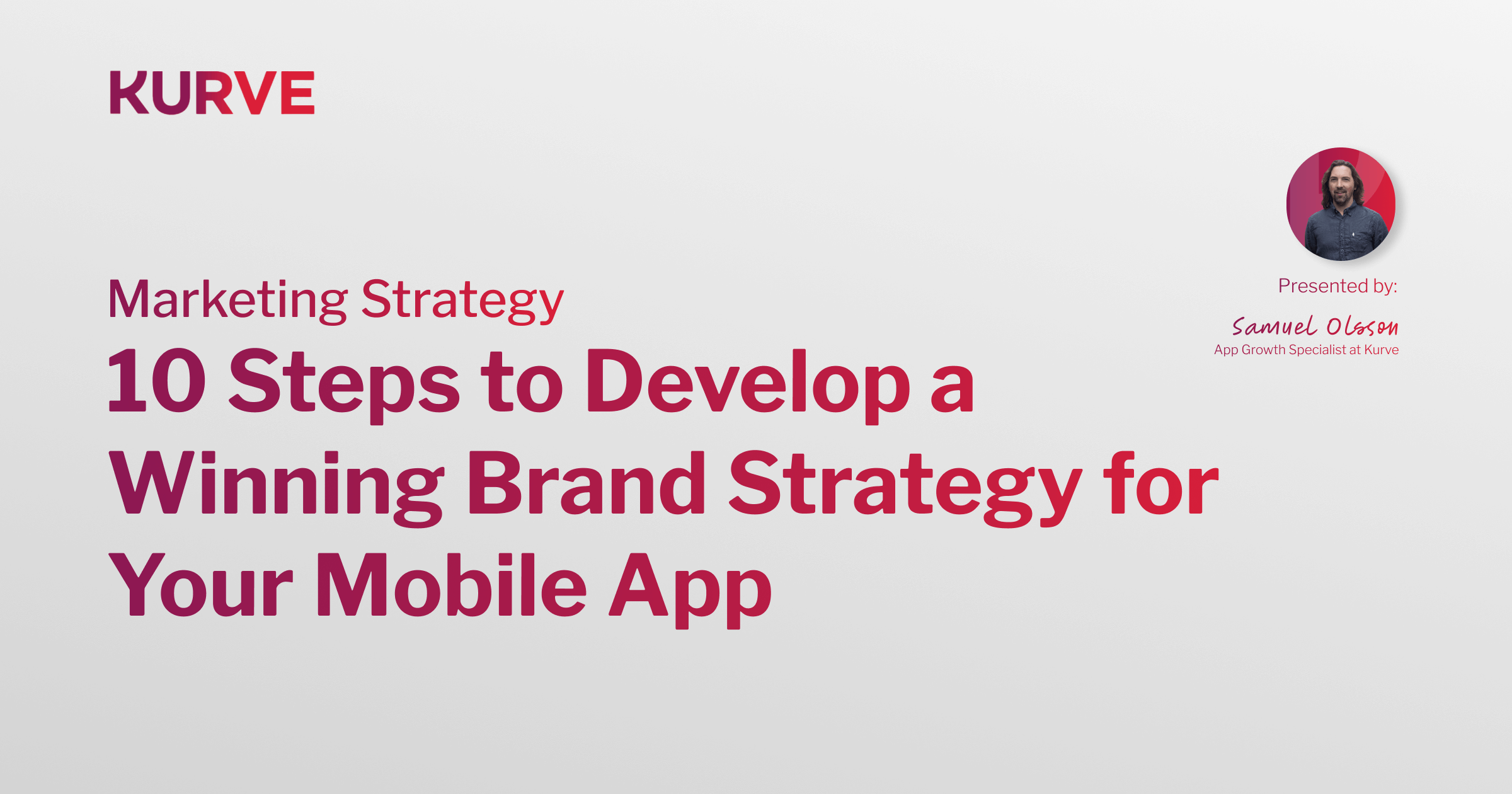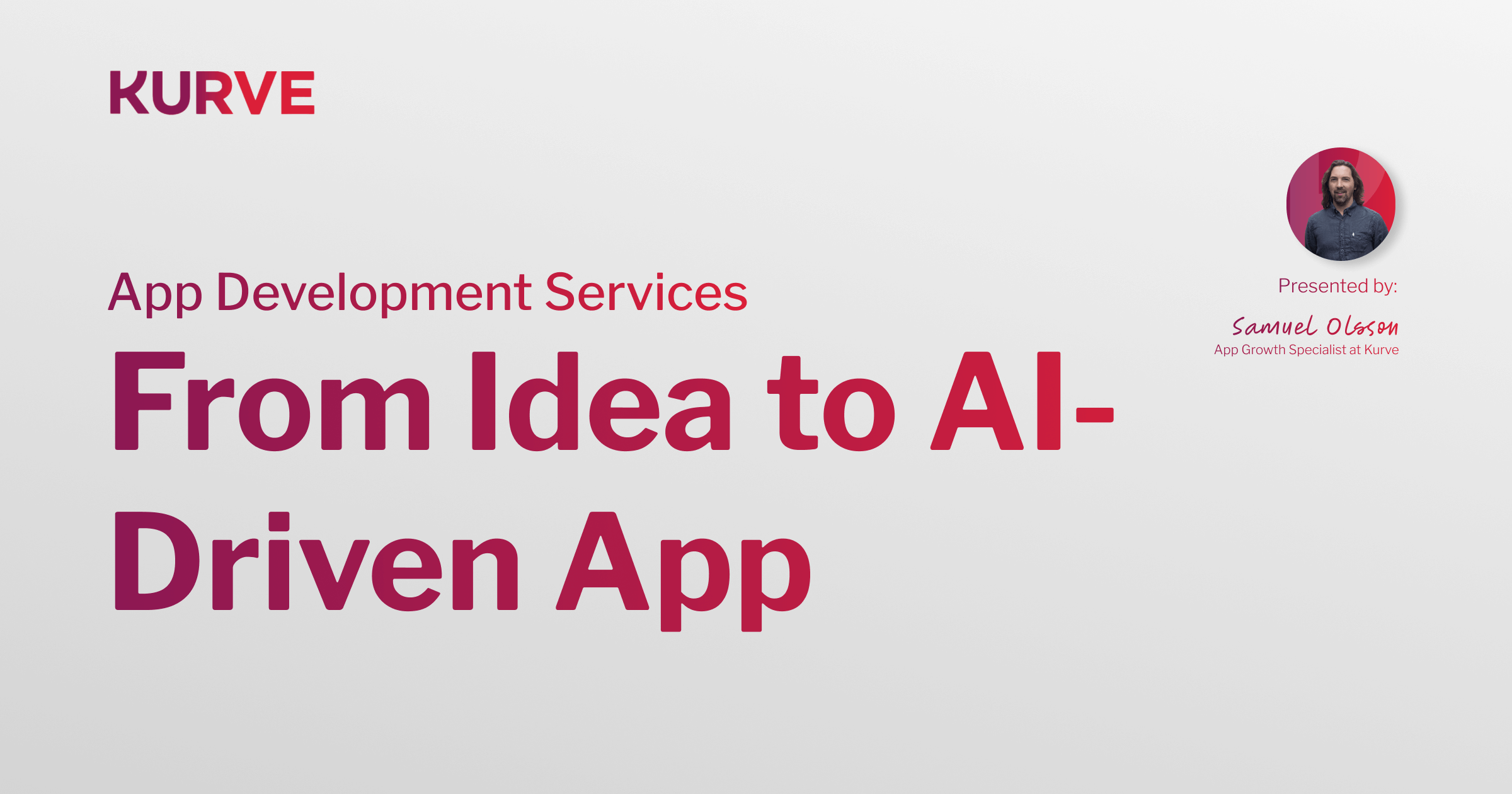Mobile App Growth Marketing
Discover how growth marketing is redefining mobile app success in 2025. From acquisition to retention, this guide dives deep into full-funnel strategies, essential tools, and proven tactics that turn installs into engaged, high-value users. Learn what sets growth marketing apart—and why it’s essential for scaling your app today.
Table of Contents
A. The Difference Between App Growth Marketing and Traditional App Marketing
B. Why Growth Marketing Is Critical for Mobile App Success in 2025
C. User Acquisition Strategies That Drive Mobile App Growth
D. Top Paid and Organic Channels for Scaling App Installs
E. Retention Marketing Strategies to Maximize App Growth
F. How Push Notifications and In-App Messaging Fuel User Engagement
G. Real-World Application
H. FAQs
The Difference Between App Growth Marketing and Traditional App Marketing
Traditional app marketing often focuses on short-term installs through campaigns, while growth marketing looks at the entire user lifecycle. Growth marketing uses data, experimentation, and full-funnel strategies to optimize acquisition, retention, engagement, and monetization.
Key Differences:
Goal Orientation: Traditional aims for installs; growth aims for long-term ROI.
Tactics: Growth marketers use rapid A/B testing, cohort analysis, and retention loops.
Scope: Growth marketing goes beyond install metrics to include activation, engagement, and revenue.
Deeper Strategic Focus
Traditional marketing typically involves linear campaigns with a defined start and end. In contrast, growth marketing takes an iterative approach, constantly testing and learning what drives the best user outcomes. Rather than simply launching ads and hoping for installs, growth marketers study user journeys, identify friction points, and implement data-driven experiments to improve every stage of the funnel.
Team Collaboration
Another key distinction lies in how growth teams work cross-functionally. While traditional marketing might operate separately from product or development, growth marketing requires close collaboration with designers, engineers, analysts, and customer support to ensure a cohesive and optimized user experience.
Long-Term Business Impact
Ultimately, app growth marketing aims to create a sustainable business model. It's not just about spikes in downloads but consistent user engagement and increasing lifetime value. This approach ensures that marketing efforts are directly tied to business outcomes, making it ideal for mobile apps aiming to thrive in competitive markets.

Why Growth Marketing Is Critical for Mobile App Success in 2025
With app markets more saturated than ever, standing out is no longer just about great design or functionality. Mobile App Growth Marketing ensures your app reaches, retains, and delights users.
- Data-Driven Decisions: Predict user behavior and campaign performance.
- Sustainable Growth: Build systems that scale.
- Competitive Edge: Test faster, iterate smarter.
Full-Funnel Optimization
Growth marketing focuses on the entire user journey, not just the top of the funnel. It means optimizing each touchpoint—from ad to onboarding to repeat usage—so that every interaction contributes to the user's overall experience and increases the likelihood of retention.
Adaptive to Market Shifts
In 2025, user expectations evolve rapidly, and growth marketing allows apps to remain agile. Through continuous testing and feedback loops, marketers can pivot quickly, tailoring their tactics to emerging trends, algorithm changes, and platform updates.
Revenue-Oriented Execution
Growth marketing aligns closely with business goals. Instead of optimizing for vanity metrics like downloads alone, it ensures marketing contributes to meaningful KPIs such as customer lifetime value (CLTV), retention rates, and return on ad spend (ROAS). This approach attracts higher-quality users who are more likely to stay and convert.
Integrated Teams and Tools
Growth marketing also fosters collaboration between marketing, product, design, and analytics teams. By breaking down silos, teams work toward shared metrics and use insights to inform cross-functional strategies.
Kurve specializes in tailored mobile app marketing strategies that integrate both organic and paid approaches for long-term success, ensuring your app thrives in today's fast-paced digital ecosystem.

User Acquisition Strategies That Drive Mobile App Growth
Effective acquisition isn't about casting a wide net—it's about targeting the right users.
Proven Strategies:
- App Store Optimization (ASO): Improve visibility with keyword-rich descriptions, engaging visuals, and reviews.
- Influencer Collaborations: Partner with niche creators for higher trust and engagement.
- Referral Programs: Encourage word-of-mouth with incentivized sharing.
Pre-Launch Campaigns: Create buzz before your app even launches. - Content-Driven Acquisition: Publish helpful blogs, videos, and tutorials that lead users to discover your app organically through search or social media.
- Email Waitlists and Early Access: Build anticipation by offering early access to users who sign up via email before launch.
- Landing Pages with Clear CTAs: Design conversion-optimized landing pages that educate and capture interest for retargeting and email nurturing.
- Partnerships and Cross-Promotions: Collaborate with complementary apps or platforms to reach similar audiences with bundled promotions.
Metrics to Track:
- Cost Per Install (CPI)
- Click-Through Rate (CTR)
- Conversion Rate (CVR)
- Install to Registration Rate
- User Quality and Lifetime Value (LTV)
Kurve develops integrated acquisition strategies that align with your app’s value proposition and audience behavior, ensuring each new user has a higher potential to convert and stay engaged over time.
Top Paid and Organic Channels for Scaling App Installs
To build a scalable install pipeline, leverage a mix of organic and paid efforts.
| Channel Type | Strategy | Benefits |
| Organic | ASO, content marketing, social media | Cost-effective, compounding ROI |
| Paid | Google App Campaigns, Meta Ads, TikTok | Fast scaling, precise targeting |
Tip: Track performance across channels and optimize budgets accordingly. Kurve's agile approach ensures campaigns adapt in real-time.
Retention Marketing Strategies to Maximize App Growth
Acquiring users is just the beginning. Retention is where growth compounds.
Key Retention Tactics:
- Onboarding Optimization: Make the first experience seamless.
- Feature Education: Highlight lesser-known but high-value features.
- Regular Updates: Keep content fresh and users engaged.
- Community Building: Encourage user interaction through forums or social groups.
How Push Notifications and In-App Messaging Fuel User Engagement
Both tools keep users returning and engaged with your app.
Best Practices:
- Segmented Messaging: Send relevant messages based on user behavior.
- Smart Timing: Avoid annoying users; time your messages when they're most active.
- A/B Testing: Continuously improve open and conversion rates.
Done right, these tools can re-engage dormant users and boost retention by up to 40%.
Strategic Integration
When combined strategically, push notifications and in-app messaging can guide users through critical points in their journey. For example, a timely push notification might bring the user back to explore a new feature, while an in-app message can then explain how to use it. This harmony between reactivation and real-time guidance creates a seamless experience.
Behavioral Triggers and Deep Links
Advanced implementations often include behavioral triggers and deep linking. Triggers allow marketers to send messages based on user actions (e.g., cart abandonment or app inactivity), while deep links bring users directly to specific screens inside the app, reducing friction and increasing conversion likelihood.
Examples of Use Cases:
- Welcome Flows: Send a push notification welcoming new users followed by in-app tips.
- Milestone Celebrations: Congratulate users for reaching a milestone (e.g., fitness goal) to foster motivation.
- Abandoned Activity Recovery: Nudge users who left an action incomplete, like a form or a purchase.
Kurve works closely with mobile teams to design message strategies that enhance app usability and user satisfaction without overwhelming them.
Personalization fosters connection. It shows users you understand and anticipate their needs.
How to Personalize:
- Behavior-Based Triggers: Send messages based on actions.
- Custom Content Feeds: Tailor content recommendations.
- Dynamic Onboarding: Adapt flows based on user type or goal.
Benefits of Deep Personalization
Personalization improves not only user experience but also retention and monetization. When users feel that an app reflects their preferences and goals, they are more likely to return and engage regularly. Features like personalized dashboards, goal tracking, content suggestions, and adaptive interfaces enhance satisfaction and foster long-term relationships.
User Segmentation and Predictive Analytics
Segmenting your users based on demographics, behaviors, and usage patterns enables more targeted messaging and content delivery. When combined with predictive analytics, this can proactively address user churn and improve re-engagement efforts.
Real-World Application
A fitness app might deliver customized workout plans and motivational messages based on a user's routine. A shopping app could recommend products based on browsing history and previous purchases. These touches, though seemingly small, build trust and loyalty over time.
Kurve implements personalized engagement strategies that resonate, leading to deeper user loyalty and lifetime value.
For a deeper dive into strategic planning, explore Kurve's blog on the 4 core growth strategies.
FAQs
1. What is mobile app growth marketing?
Mobile app growth marketing is a data-driven approach that covers the entire user lifecycle—from acquisition to retention—to drive sustainable app success.
2. How is it different from traditional app marketing?
Unlike traditional methods that focus on installs, growth marketing looks at engagement, retention, and monetization too.
3. What channels work best for growth marketing?
A combination of paid (Meta, Google Ads) and organic (ASO, SEO, social) channels tends to work best.
4. How can Kurve help with mobile app growth?
Kurve delivers bespoke growth strategies including ASO, user acquisition, retention systems, and campaign optimization tailored to your app.
5. How do I measure the success of growth marketing?
Track KPIs like retention rate, LTV, CPA, engagement, and uninstall rate to measure true performance.
By aligning your growth strategy with user behavior and evolving market trends, Mobile App Growth Marketing becomes not just a tactic but a long-term growth engine—and with Kurve, you're in capable hands.


